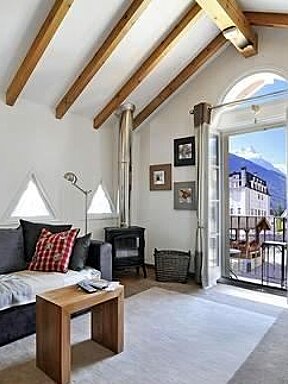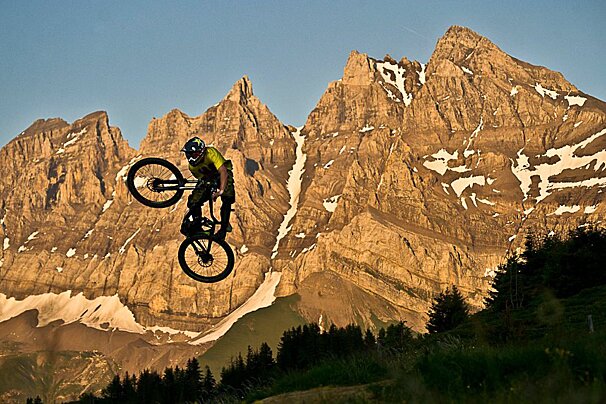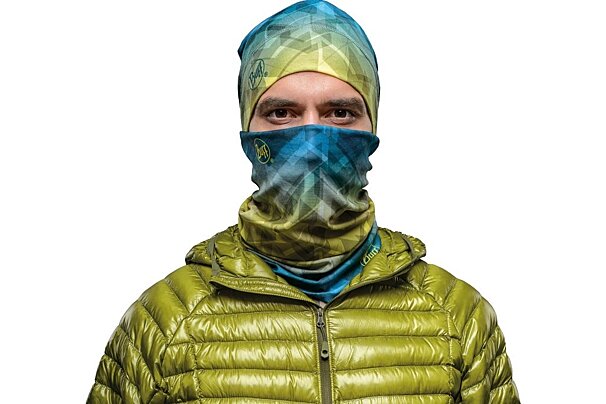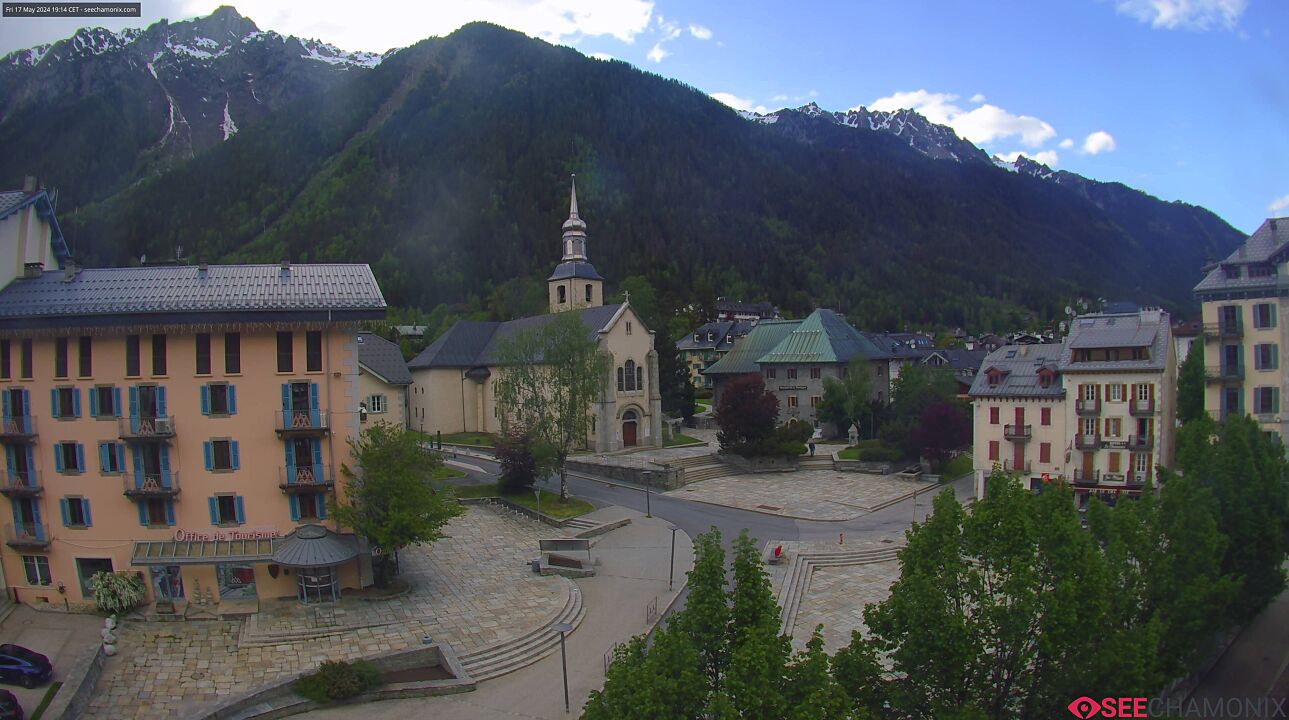Falling Investment Across the Alps
Investment in ski resorts fell in 2006 for the first time in 10years, revealed an extensive study by “Mountain Leaders” magazine. In total 360, 84 million euros were spent last year on new lifts, snow canons, piste maintenance and signage, compared with 418, 99 million euros in 2005, which represents a drop of 13, 87%. The inverse can be said of profits made from the sale of lift passes which actually increased by 6% from 981, 2 billion euros in 2005 to 1040 billion euros the following year.
The study also showed that the smaller, lesser known resorts are continuing to invest, keen to expand and poach custom from the bigger, well established resorts, who are more reluctant, it seems, to put their hands' in their pockets'.
Facts and Figures for 2006
Resorts in the Savoie “départment” were by far the most extravagant and account for 13, 47% of expenditure, lagging behind them were The Pyrenees with 18, 92% and Haute Savoie with 17, 50% of the total monies invested. The Southern Alps contributed to only 9, 95%, followed by Isère and Drôme with 9, 14% of investment. The remaining percentage points were shared by The Jura, The Massif Central and The Vosgènes.
Leading the way for individual resort investment was La Plagne in Savoie, investing 14, 57million euros, closely followed by Font-Romeu in The Pyrenees (14,29 million euros) and Les Arcs (14, 13 million euros). Meribel spent 11, 13 million euros and Les Houches came top for investment in Haute Savoie with an outlay of 10, 34 million euros. In Isère, the little known resort of Villard-de-Lans Corrençon invested the most heavily, spending 7, 9 million euros and it was also a small resort in Les Hautes Alpes that showed the most willingness to invest, Le Queyras spashed out 5, 96 million.
What will the poor start to this year mean for future investment? The lack of early season snow will no doubt translate into a downturn in profits in a lot of resorts and some investment projects will inevitably be compromised. However, the snow deficit this season will also reinforce the need to invest in artificial snow making equipment.
Whatever the impact of the present lacklustre snow conditions on future investment, everyone is hoping for a massive snowfall before the February half-term holidays and keeping their fingers crossed that next season will not be anything like this. If we were to see a repeat, a lot of resorts would unfortunately be put in a very precarious situation.
Source: Le Dauphiné Libéré



























